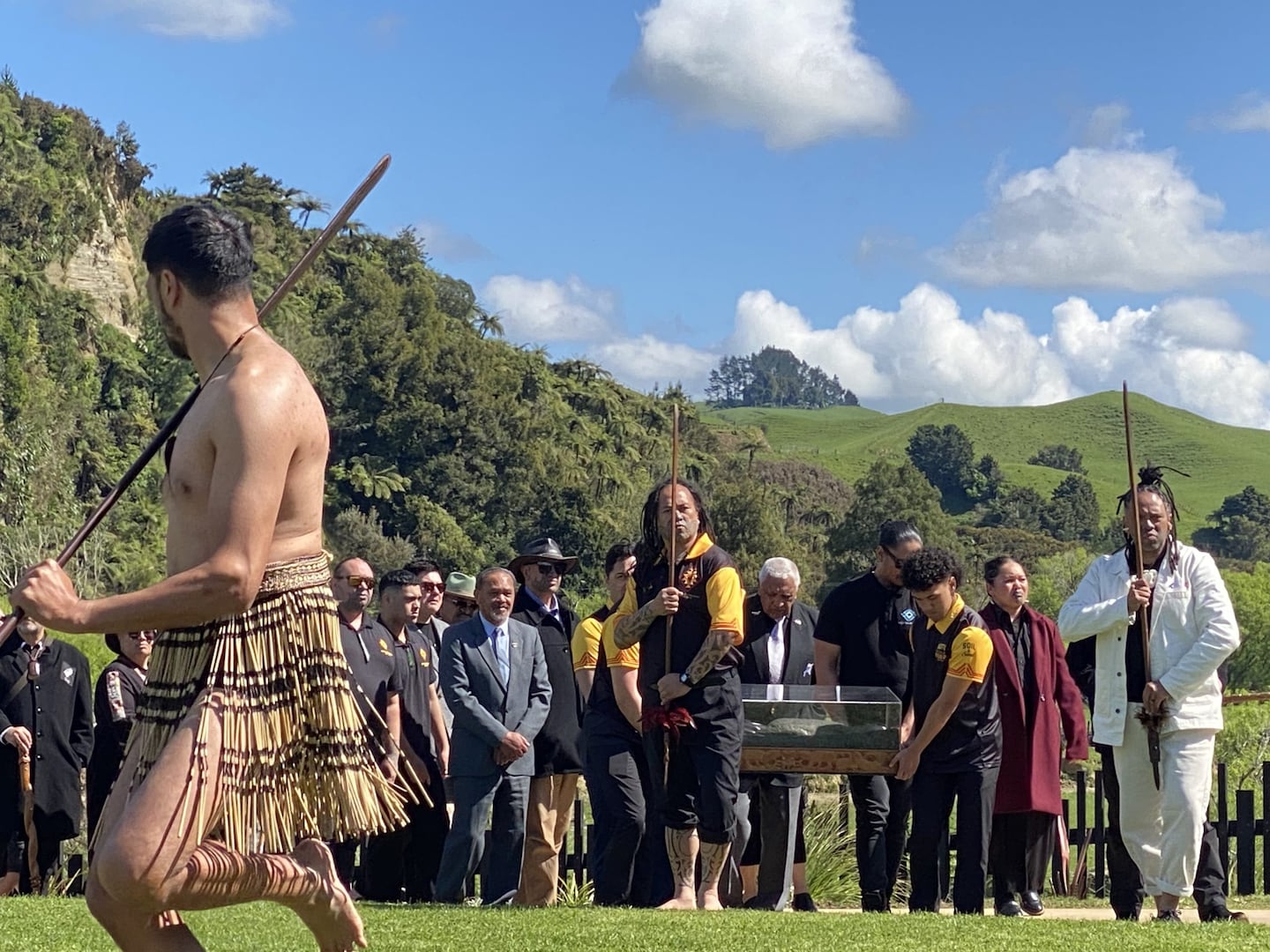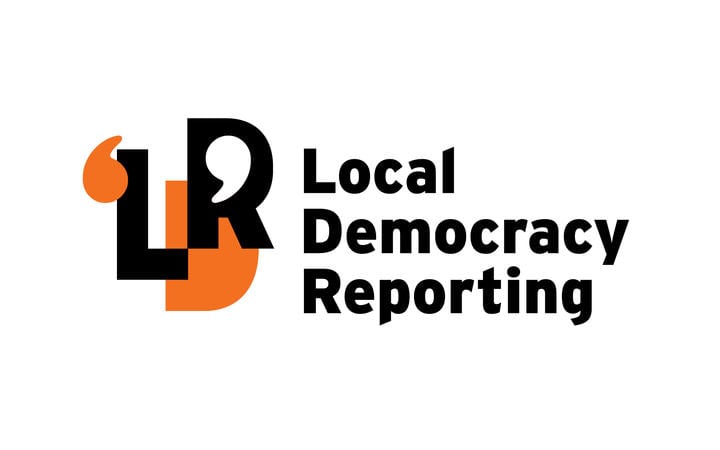Stones carrying the mauri of Te Matatini have arrived in north Taranaki to bind and uplift the host tribes ahead of next year’s national kapa haka festival.
Mauri, often described as a life force or vital essence, also describes objects imbued with a particular essence.
The two mauri stones of Te Matatini were brought to north Taranaki at Te Ūpoko o te Whenua marae on Friday, by Aotea waka iwi of south Taranaki and Whanganui.
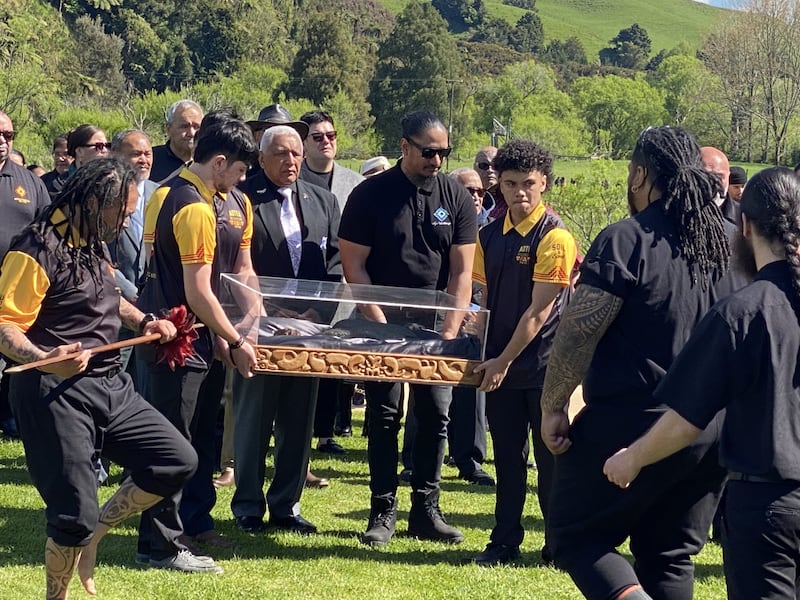
Te Matatini is at Pukekura Park’s Brooklands Bowl next February hosted by Te Kāhui Maunga Kapa Haka Rohe, a collective of kapa and iwi of Taranaki, Whanganui, Ruapehu, Rangitīkei and Rātana Pā, formerly known as Aotea rohe.
The chair of Te Kāhui Maunga, Elijah Pue (Ngāti Rangi, Ngāti Uenuku, Ngāti Maruwharanui) said the stones carry a life force that looks after, guides and presides over Te Matatini.
“The mauri is represented physically in toka (stones), that you’ll see,” Pue said.
“But actually, I see the mauri in everyone here today. I see the mauri in the kōrero that’s been shared on the paepae today.
“I see the mauri in the kapa haka that will perform at Te Matatini, from Te Kāhui Maunga and from the motu as well. That’s the mauri of Te Matatani.”
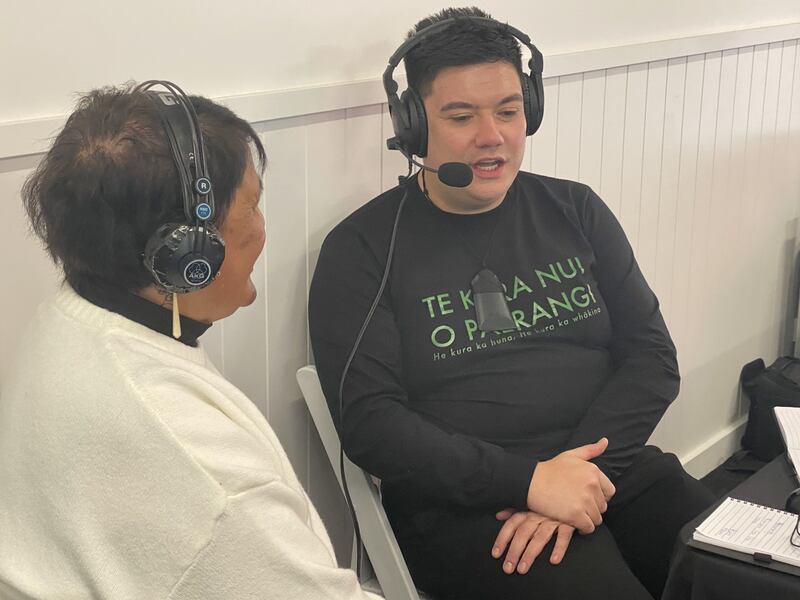
Pue said colonisation had continuously split Māori by forcing them to draw lines in the sand through treaty settlement processes.
“So it’s critical that we stand like we did today and show our unity. Te Matatini requires and forces us to show the motu who Te Kāhui Maunga is.
“Where are we from? Who is it we represent? Which rivers, which mountains, which iwi we do we represent?”
“What you’ve seen today is the mauri has done its job to bring together the iwi of Te Kāhui Manga.”
Unity had been deliberately fostered by taking the mauri stones around the host region for the first time.
The mauri has travelled with the festival for some fifty years since it began as the New Zealand Polynesian Festival in 1972 and previously would land near the festival site and stay there.
This time the stones have been to pā of Rātana, Kaiwhaiki, and Pariroa, before finally being delivered to Ngāti Maru marae Te Ūpoko o te Whenua at Tarata.

“We’ve seen as a result all of these tribes of Taranaki, Whanganui, Rātana come together. I haven’t seen this level of unity amongst Te Kāhui Maunga in my life.”
Jamie Tuuta (Ngāti Mutunga, Ngāti Tama, Ngāti Maru, Te Ātiawa, Taranaki) spoke for Tokomaru waka and afterwards said it was essential for iwi and hapū to gather for positive kaupapa – not just tangi and political hui.
“Quite apart from hosting the motu and kapa haka, it’s a celebration and a strengthening of who we are as a collective within Te Kāhui manga but also more broadly as te iwi Māori in a time where we need inspiration, we need moments like this to celebrate who we are as iwi of this place.”
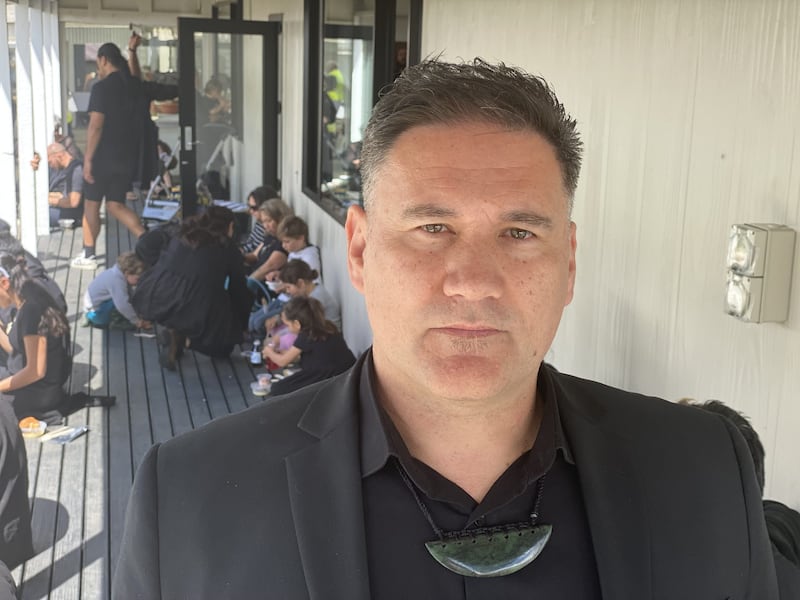
The arrival of the mauri enjoyed a sparkling sunlit spring morning at the picture-perfect marae.
“I think it’s just beautiful,” Tuuta said.
“I love coming together to celebrate who we are as iwi, as whānau. It’s wonderful, the smiles on the faces, and to see we can be joyous and grateful and celebrate the fact that the kaupapa today has been fulfilled.”
“It’s aptly put within the kōrero underpinning Te Matatini o Te Kāhui Manga, Te Kāhui Tupua Te Kāhui Wairua: we reflect on our past, we acknowledge our present, but also look to what the future might be for us as a collective.”
LDR is local body journalism co-funded by RNZ and NZ On Air

